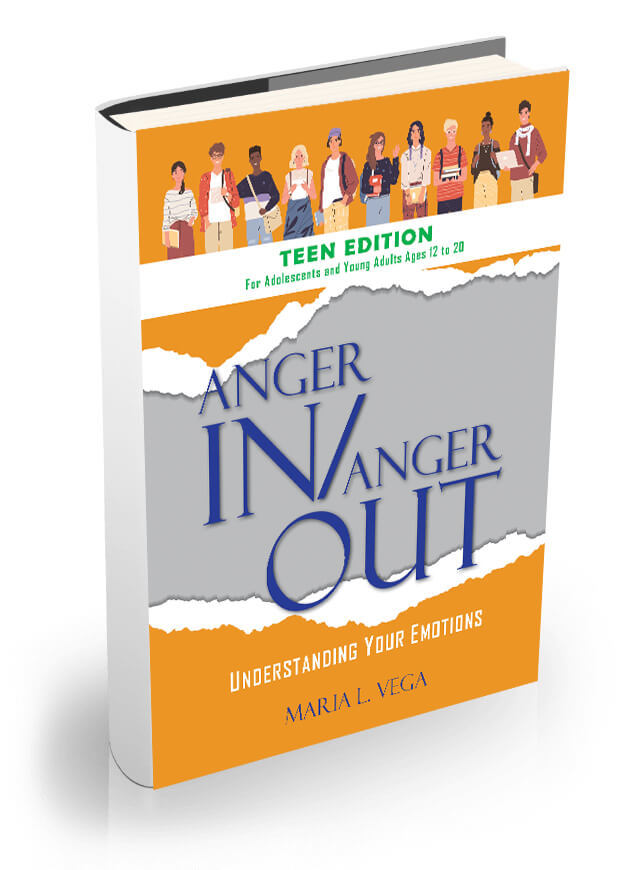Anger In / Anger Out is full of professionally developed yet practical information, guidelines, exercises, and strategies designed to identify problem areas, target specific needs, and implement practices to help individuals generally improve relationships with others. By learning to recognize what triggers your anger, i.e., identifying your needs and values, the door opens to allow more positive stimuli to enter, and anger will no longer be a damaging reaction.
Each chapter of this book is devoted to a distinct subject area with exercises and worksheets designed that help illustrate how the information may apply to your unique circumstance. These exercises are not only instructive, but they can also be fun and promote greater self-awareness.
By the end of Anger In / Anger Out, you should be able to:
- Understand the connection between stress and anger.
- Identify unmet needs.
- Recognize the four styles of communication.
- Improve self-awareness and self-control.
- Understand your triggers.
- Increase your emotional intelligence.
In this book, Anger In /Anger Out: Your Roadmap to Understanding Anger, my primary objective is to provide the tools that lead to greater understanding and the peace of mind that each of us seeks and deserves. These tools will become guideposts designed to enable each of us to manage the stresses we may encounter in daily life at home, at work, in social settings, and in unexpected situations.

I started in 2009 as a court-appointed anger management course provider and soon discovered how extremely rewarding it is. But after encountering a number of cases where people lost their career as a result of not knowing how to manage their emotions, I realized that what I was teaching often came too late. As we get older, life gets real. Responsibilities kick in, relationships change, our emotions rise to the surface, and yet we still haven’t learned how to handle strong feelings. And that’s when things can get out of hand, often with severe consequences.
That’s why it’s important to start this education early, such as in junior high and high schools. It’s during those vital developmental years that we have an opportunity to educate young people about their emotions. We can help them understand communication, how to manage stress, how to improve their emotional intelligence, and—most importantly—teach them anger management techniques.
Those are the tools they’ll need in their future careers and relationships. The tools that will help them navigate life.
My goals for providing anger management education are to:
- Educate and reinforce emotional learning.
- Minimize court convictions.
- Break the stigma of anger management education.
- Create awareness beyond schools.
- Make this a mandatory part of a nationwide curriculum.
- Create a movement.
In this workbook for teens and young adults, Anger In /Anger Out: Understanding Your Emotions, the goal is to provide young people with tools that help them understand why they get angry. These tools are guideposts to help teens manage the stress experienced at home, at school or work, in social settings, and in unexpected situations.
There are two sections in the adolescent book that are not in the adult version: Teens will learn how overuse of social media and excessive screen time can contribute to out-of-control emotions. This workbook also provides tools for understanding bullying and other kinds of conflict. This involves showing you how to discover problem areas and understand specific needs. Among other strategies, teens will learn ways to recognize, assess, and de-escalate difficult situations.
As in the adult version, Anger In / Anger Out is full of professionally developed yet practical information, guidelines, exercises, and strategies designed to identify problem areas, target specific needs, and help teens improve how they handle difficult emotions. All targeted toward young adults ages 12 to 20.

